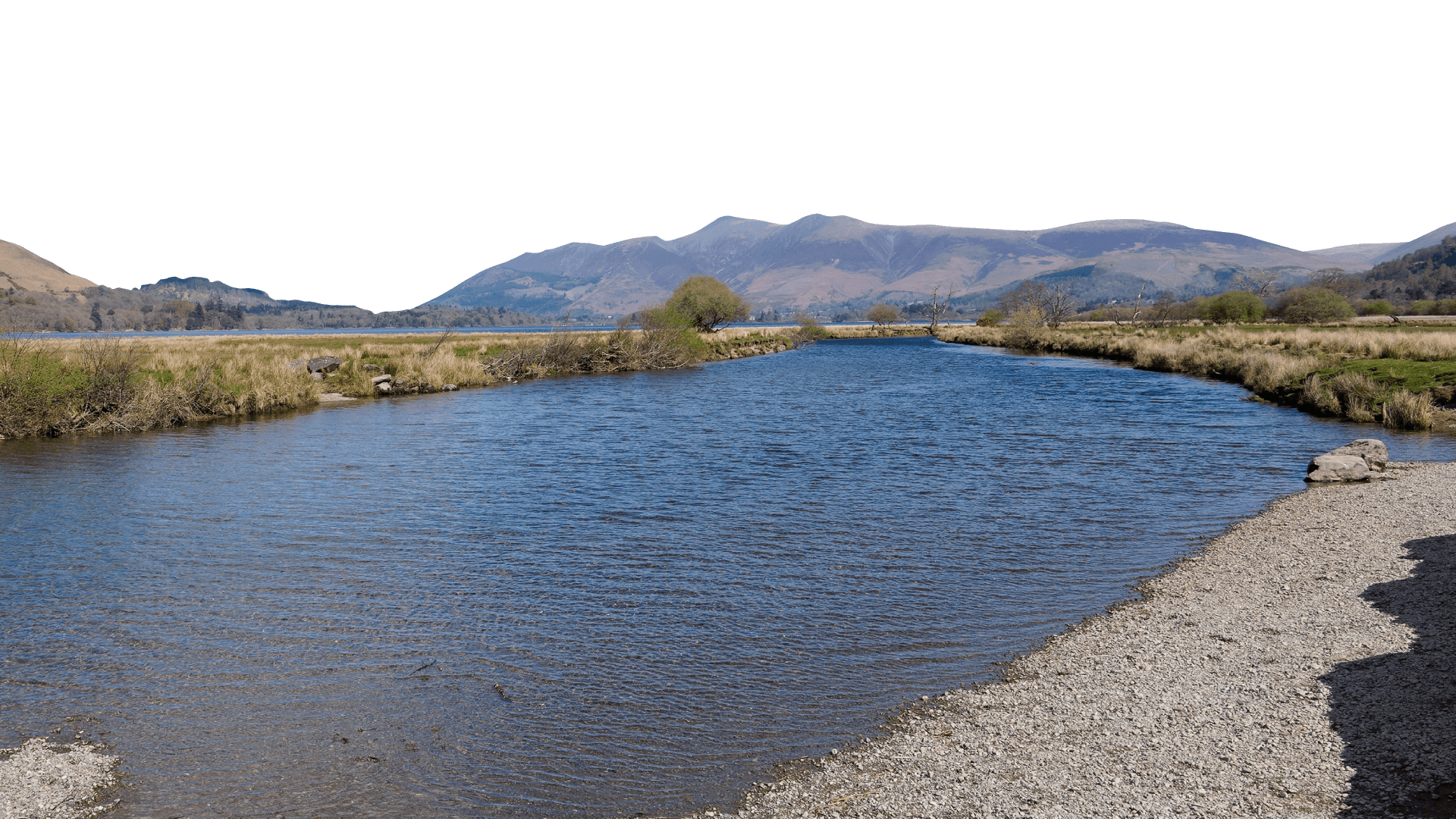
Reptiles
Reptiles are air breathing, cold blooded vertebrates (vertebrates have backbones) that have scales instead of skin or feathers. Most reptiles lay eggs, but there are some that give birth to live young.
The UK is home to six native reptile species with four found here in Cumbria.
Common Lizard
(Zootoca vivipara)
These small lizards can be found in a wide range of habitats including sea cliffs, moorlands, grasslands, woodlands and crags. It can be highly variable in colour and, like other lizards, can shed its still-wriggling tail to distract predators while making its escape, later regrowing a tail replacement. It incubates eggs inside its body, giving birth to live young.
Grass Snake
(Natrix helvetica)
Olive-green in colour, these serpents have dark spots on their upperparts along with a distinct black and yellow collar. They are our largest snake with some females reaching over a metre in length. They feed on amphibians, fish and small animals. They are fantastic swimmers and are often found in wetlands as well as gardens and woodlands. They lay their eggs in piles of rotting vegetation or compost.
Slow Worm
(Anguis fragilis)
Snow worms are often mistaken for a snake but are a type of legless lizard. They have a bronze sheen to their skin. Females have dark stripes along the body while males can show lines of fine blue spots. You’ll find them on heathlands, moorlands, grassy woodland edges and compost heaps in gardens. They feed on insects, slugs, spiders and other small invertebrates.
Adder
(Vipera berus)
Adders are the UK’s only venomous snake. They are very shy and can sometimes be spotted basking in the sunshine in woodland, heathland and moorland habitats. They hunt lizards and small mammals as well as ground-nesting birds. In spring, male adders perform a ‘dance’ during which they duel to fend off male competition. Females incubate the eggs internally ‘giving birth’ to as many as twenty live young. Adders hibernate from October, emerging in March, after which you can often find them basking on a log or under a warm rock. They are grey with a dark and very distinct zig-zag pattern down their back and red eyes with a vertical pupil (like a cat).
They are very timid animals and will only strike as a last means of defence. So, if you see one, stop and walk carefully around it.





